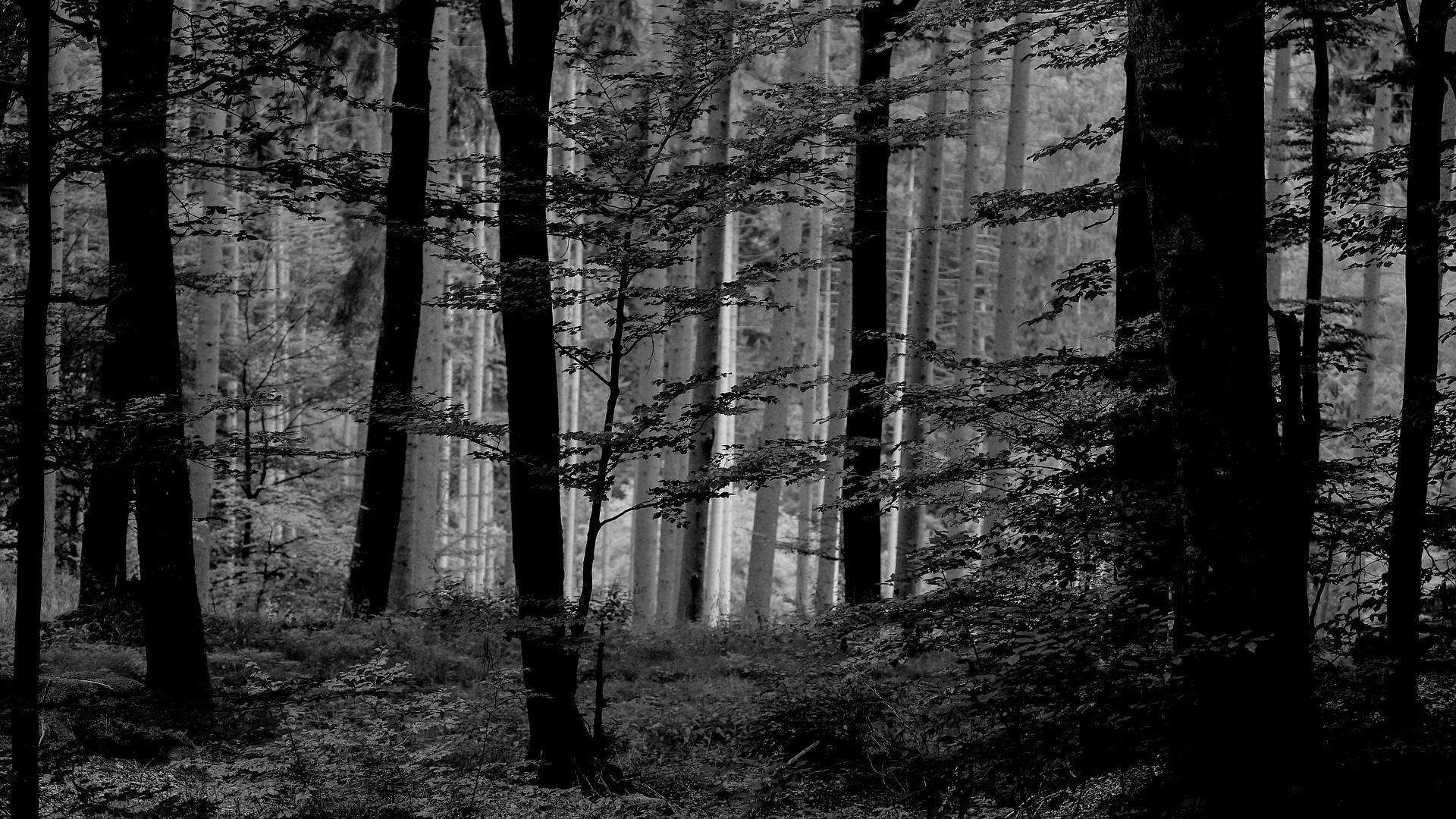dinner theatre
section a – the preliminary “stuff” section (intro)
Our project is called Dinner Theatre. Its name comes from the idea that you’re putting on a show while making dinner. In this specific use case, you’re making burgers. It is done by myself as well as Eva Weisenfeld for Andy Garcia’s section of Interaction Lab.
section b – the masterchef junior binge justification (context)
Lots of the context of this project comes from personal experience. While Eva and I have different stories, we both coexist in our love of food and cooking shows. We’ve always loved the idea of seeing chefs get put under pressure and subsequently see the masterpieces created within three hours or less. Importantly, we made lots of references to Masterchef Junior – referencing the Breakfast in Bed episode in our designs and even the cake failure meme in our live presentation. For me, I have always loved interactive games. An early memory of mine is going to the San Jose Tech Museum and playing around with their interactive games. While I don’t remember exactly what I played, I remember enjoying the ability to have my physical inputs have an output. I think that we tried to make our project for everyone. From big objects to bright and visible displays, we tried to ensure that a person, regardless of who they are, was able to come up and easily play our game.
section c – i still cant draw (conception)
Initially, our concept was completely different. When we first started, our idea was a two-person set the table type game. It involved two players being the servers at a high-end steak restaurant and battling it up to see who could set up the plate first.

We initially thought that we would use NFC chips; however, after talking with Andy, we realized that this would’ve been a terrible idea and, all in all, probably wouldn’t have worked due to the amount of fluctuation in radio communications. Following this, we made some significant changes. Firstly, we decided to go from a two-player race to a one-player time trial. This would completely half our needed equipment and make it easier to code. Following this, we decided to try to remake the game into something a bit easier to digest. We thought that way more people would have had burgers before but not as many would have been to a steak restaurant.

Going back to our accessibility, we wanted to make something that could be a universal experience that people could have experienced. When we settled on the final idea, Andy told us that IMA was in possession of a scale that was connected to the Arduino, and from there, we found out what we could do for our interaction. We would use a mix of clay and 3D printed items to make the different parts of a burger which a person would be able to pick up and put onto the plate connected to the weight sensor.

section d – i built a table (fabrication)
The fabrication process was the hardest part. Despite Eva knowing how to code, we kept on running into issue – namely regarding the scale. We found out that the scale didnt exactly function like a scale (funny, huh) and we needed to input our own variables which made our code fucky to say the least. Initally, we thought that the scale read measurements in grams like a normal scale, only to find out later that it doesnt read raw data and that instead we needed to input a set of specific variables. While Eva was working on the scale and the code, I built a table! As eva was in a wheelchair at the time, we knew we wanted something like a table or a cart. We decided to make it out of wood and asked Dalin for help. Being the incredible soul that he is, he taught me how to use some machines and within two hours we had a fully functioning 90cm table.
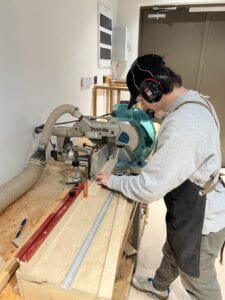
Definitely rewarding to say the least. We made the table with modularity and convenience in mind, so the shelves are able to be removed, the top is weighted but can come down, and the three shelves are at a perfect height for a laptop on the bottom, the electronics on the middle, and the play surface on the top. On the top, we carved a hole that is the prefect size for the scale and a little shelf on the top piece of wood that is able to perfectly hold the scale.
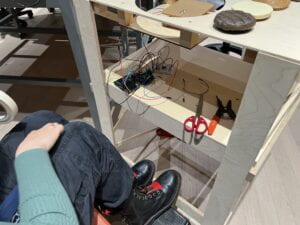
I also 3D printed a series of parts that we would end up using as the ingredients. This included the burger buns, lettuce, cheese, and tomatoes. In addition to building the table and 3D printing the ingredients, I also worked on coding the LCD. I really enjoyed this part of the project because of how quickly it yielded results as well as because of how fun it was!
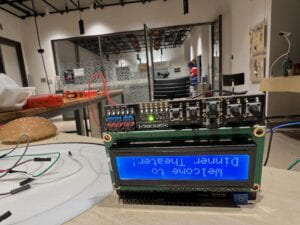
User testing was interesting to say the least. With code being code, we ran into some issues regarding the final challenge – the random burger. That being said, the other challenges worked flawlessly which was relieving to say the least. In addition to this, we went into user testing knowing what worked and what needed to be fixed/added later and luckily everything that worked worked perfectly.
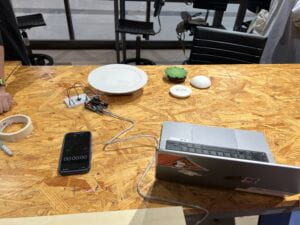
After user testing, we started working on the final project. The first thing that we did was implement the LCD into our code which wasnt the hardest part. After a few bumps in the road, the LCD was working just as we wanted it to. Following this, I/we ran into our biggest problem – the LCD is a shield. This meant that I spent like three days soldering wires to male to female jumpers which was a process to say the least. I am proud to say however that I am much more confident with soldering and that I feel my soldering skills are not so bad anymore. In addition, during this time we built the top platform including the scale shelf and more. Eva sewed the tablecloth and worked on the code and scale and together we glued giant gears to the bottom of our 3D printed parts. The total project took a week working between 10 and 12 hours a day, meaning we put a total of about 70-80 hours into this project.
section e – i finally slept for more than 5 hours on a weekend
The goal of this project was to make something fun and interactive that is able to be played by anyone. I think thaht this project aligned with interaction because it is interaction in its truest sense. Its something that was clearly defined and after the presentation something that was definitely done. All things were tangible and visible and all aspects of the game had something that could be grasped or had immediate feedback. I think that the audience was able to get an understanding of the interaction of the project and pick up quickly. Regardless of who we tested with, they got the hang of everything usually within minutes, which is always a good feeling. While I don’t mean to sound necessarily cocky, I think that our project was perfect given what we set out to create. I feel that this project is like a work of art, and if Eva and I decide to continue with these fun interactive dinner projects, this one would be presented just as it is now. If we had more time, I would’ve wanted to make the soldering a bit better and maybe figure out a few things hre and there, however I am very happy and confident with the results yielded. Our project had a lot of setbacks – some of which were absolute nightmares. It also had a lot of days where we were getting back to the dorms at 2 or 3 am. What I learned most from this was to just keep pushing. Regardless of how hard it is, the satisfaction of having a finally working project is worth every second. From my accomplishments, I take away the fact that its over, the game did well, and we even got the coveted Gottfried instagram story post that was reported onto the IMA story which I think made everything worth it in the end.
